How Social Isolation Impacts Mold Growth at Home
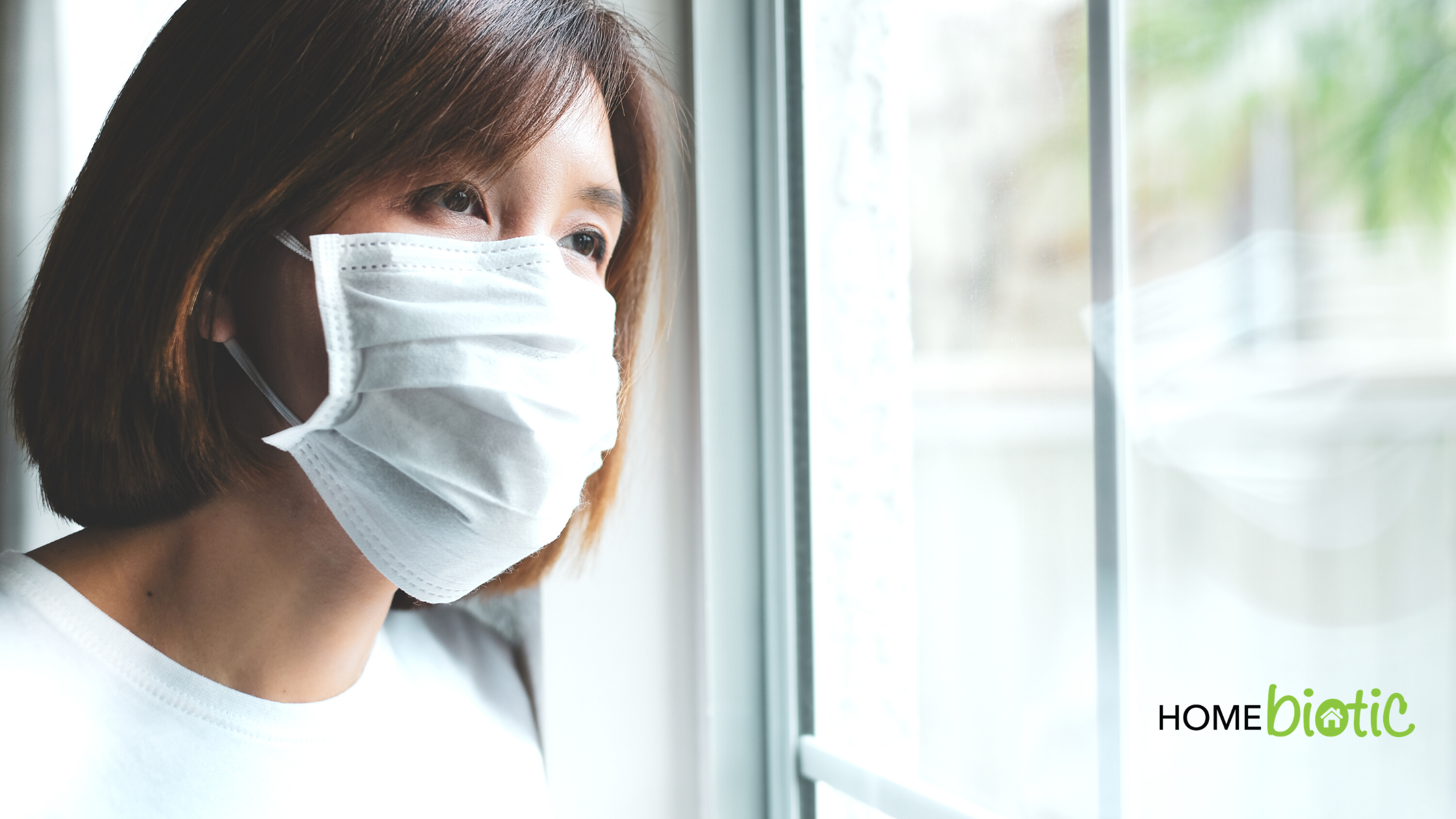
Many of us are living in a new reality with COVID-19. School is canceled, many have been laid off, and many more are working from home. For the first time, people around the globe are spending most of their time at home.
We must look at a few side-effects of our new reality so we can prepare and take action now. We know that social distancing and home isolation will ultimately help everyone as we move through this health crisis.
However, we also know that spending more time at home will affect the well-being of our families as well. It will also impact the health of our home environment. We’re moving less, watching more TV, getting less social and outdoor time, and feeling a lot more stressed. But also, as we spend more time at home, we increase the chances of mold growth, which impacts our health as well.
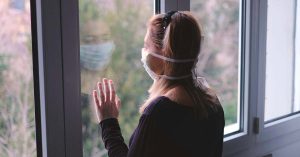 Side-Effects of Social Distancing & Home Isolation
Side-Effects of Social Distancing & Home Isolation
If you think about it, more time at home means there will be more people showering, cleaning, eating, and cooking. Before, many of us would be spending our days at work, school, or other activities outside of the home. Now, we’re all doing these things together under one roof.
Also, many of us are trying to prevent illness, so we’re cleaning more than usual, perhaps keeping windows and doors shut, and washing our hands more.
What does all of this add up to? Less air circulation, more moisture, and spaces void of helpful bacteria. All of these elements provide the perfect conditions for mold to grow.
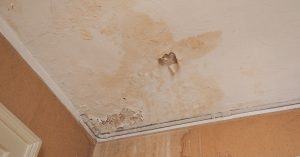 Why Do These Elements Cause Mold To Grow?
Why Do These Elements Cause Mold To Grow?
Mold likes to eat cellulose-containing building materials such as paper, fiber, and drywall. All of these products are widely available in modern homes. However, mold needs moisture and free space to grow. So, once we begin adding more moisture to our homes and removing helpful bacteria, mold can grow unchecked. 1
Mold likes to eat cellulose-containing building materials such as paper, fiber, and drywall. All of these products are widely available in modern homes. However, mold needs moisture and free space to grow. So, once we begin adding more… Share on XTo avoid getting COVID-19, we’re using more water to wash our hands and clean our homes and thus adding more moisture. We may also be using more chemicals to clean and wash our hands with. These chemicals kill the bacteria that provide a balance for your home, and prevent the causes of musty odors.
Also, in many parts of North America and Europe, cold winter temperatures prompt us to keep doors and windows closed, preventing proper airflow 1. And because most of us are staying put, there’s minimal movement in and out of our homes.
All of these conditions create a much higher risk of mold growth. And with increased mold, comes new health problems that we may not have thought about before.
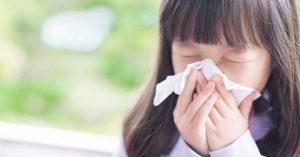 How mold affects our health?
How mold affects our health?
Most people know that mold is highly correlated with allergies and asthma. Household mold causes an increase in asthma and allergy symptoms, which also increases the risk of secondary infections, like COVID-19. So even though we’re trying to prevent illness, we may be inadvertently increasing our susceptibility to other contagious respiratory diseases 1,2,3.
Also, now that we’re more sedentary and perhaps exposed to mold growth, we may be more susceptible to feeling depressed and out of control. One study showed that mold growth was associated with increased depression 4.
Also, the study showed that when people feel a lack of control over their health and home environment, depression increases. No doubt, people are already feeling anxious about COVID-19, so having mold in the home will surely not help matters much 4.
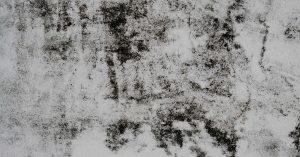
How To Prevent Mold & Enhance Our Well-Being While Staying Home.
The good news is that there’s a lot we can do to keep ourselves and our homes healthy during this COVID-19 crisis. Here are some essential tips to keep in mind while we maintain social distance and isolation in our homes:
Maintain airflow through the house.
Unless you live incredibly close to your neighbors, it would be good to open some windows and let fresh air come in. This not only benefits your home, but it will bring in some oxygen and help keep everyone’s spirits up. Also, it maintains a connection with the outdoors, which will bring in good bacteria from outside.
Be sure to turn on fans in the kitchen and bathroom if you have them. Also, portable fans placed at strategic points in the house will really help keep airflow through the house 1,5.
Prevent humidity or water damage.
When you’re cleaning, be careful how much water you’re using. You likely don’t need to use large amounts to get the job done. And when you’re finished cleaning, make sure you dry all the surfaces with a cloth.
Be sure that the bathroom is thoroughly dried out after showers and hygiene practices. Leave the bathroom fan on or wipe the surfaces until they’re dry (and then properly dry the towel or squeegee!) 1,5.
Check all areas of the home for potential water damage and make any necessary repairs.
Be conscious of your cleaning practices.
If you have someone who is ill with COVID-19 in your home, by all means, use disinfectant to keep everyone safe. However, if no one is ill and everyone is observing social distance and isolation, there’s no need to go overboard with bleach or other harsh chemicals.
Bleach and harsh cleaning products can kill the good bacteria that help keep mold at bay 6,7. Instead, opt for natural cleaners like vinegar or essential oils. Also, you don’t need to clean multiple times per day if no one is ill.
Taking care of your health is also good for your home.
When possible, get outside if you can. Head into the backyard or if you don’t have one, go to an open area where you can still observe social distancing. Getting outside will not only help your health, but it will also give your home a chance to dry out. And when you return, you bring in beneficial outdoor microbes that help prevent mold growth.
Conclusion
Indeed, this is a new reality we’re living. Inevitably, it can take a toll on our health as well as the health of our home. Most notably, the side-effects of social distancing and home isolation may increase the possibility of mold growth in our homes.
Indeed, this is a new reality we're living. Inevitably, it can take a toll on our health as well as the health of our home. Most notably, the side-effects of social distancing and home isolation may increase the possibility of mold… Share on XBut if we stay conscious and proactive, we can not only improve our living conditions and prevent mold growth but maintain our well-being at the same time.
REFERENCES
1. https://www.euro.who.int/__data/assets/pdf_file/0017/43325/E92645.pdf
2. https://www.jacionline.org/article/s0091-6749(02)00092-1/fulltext
3. https://www.ncbi.nlm.nih.gov/pmc/articles/PMC4444319/
4. https://www.ncbi.nlm.nih.gov/pmc/articles/PMC1994167/
5. https://royalsocietypublishing.org/doi/full/10.1098/rspb.2015.1139
6. https://www.nature.com/articles/s41564-019-0593-4.epdf?referrer_access_token=dbirv_c_z112blDos3pXLNRgN0jAjWel9jnR3ZoTv0NvGy2dylkGSz3KfaHrHWvz91WrdbO-hC1L5cRkm8uaNT_206dn91YHLRkkEthiaLvebtJej4odp6x8_o6PN9C4sBMg3aSzRXRoO2YCabzZXpWFXr0v027tEfwr0cTKZlPatZKGOACqFfaEnoF1P92hlljaBbcfjElLCR0Tzp6xVovmC84tkYdJawRACVDgwlT2BCyitwETaNo8a3b7DX_pnzgOL61ZX3_w1lLh07CGR3vnLkR14D6RSH0WRjo9A3WMhTeh8H34VG37MCopLsbAuS5lM85zEgO8dIVUIeQlbA%3D%3D&tracking_referrer=www.npr.org
7. https://journals.plos.org/plosone/article?id=10.1371/journal.pone.0064133

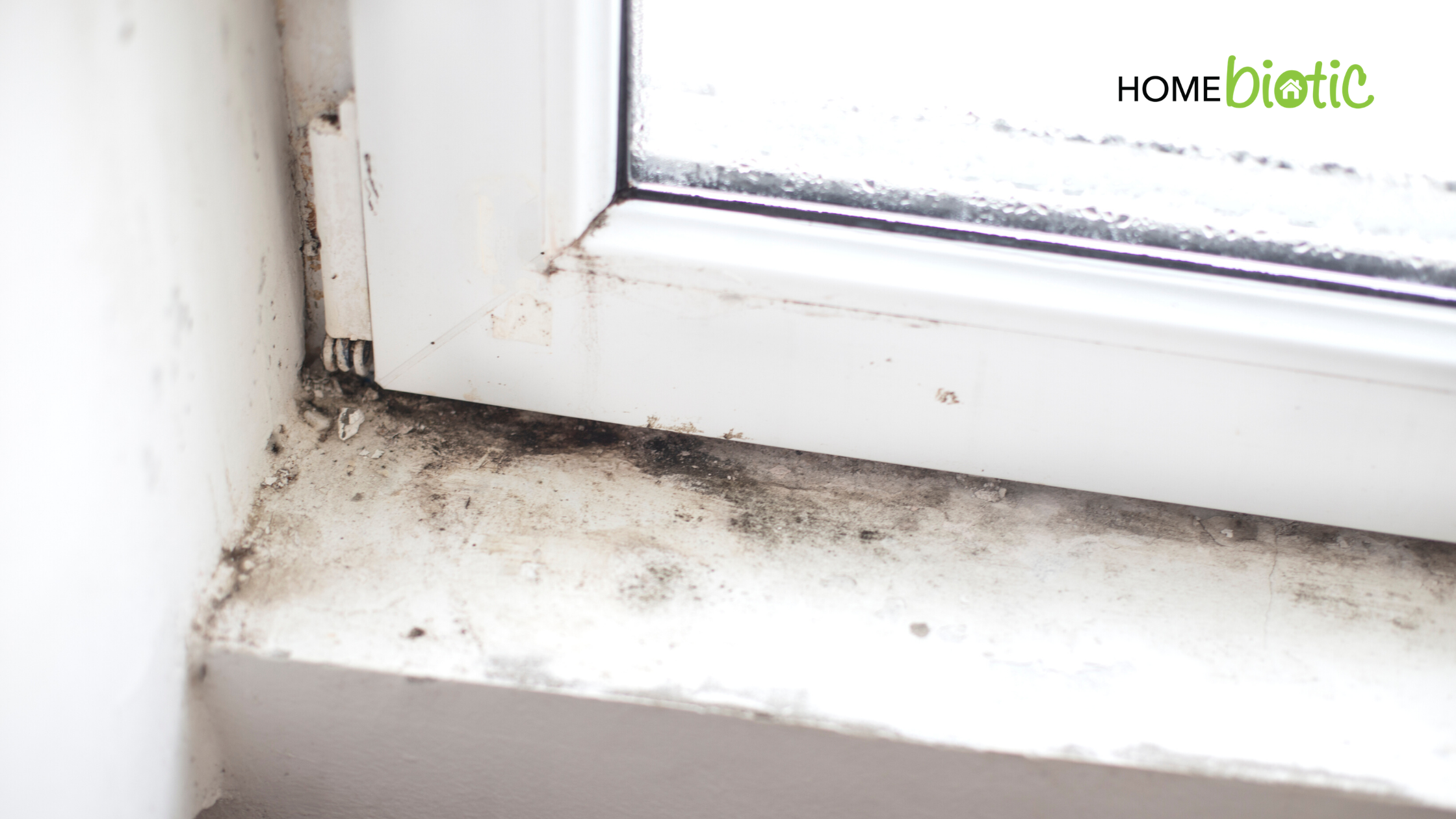
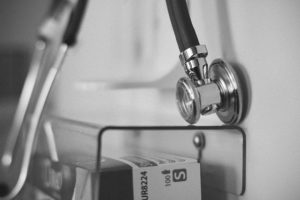 The Effects Of Mold On The Immune System
The Effects Of Mold On The Immune System Does Mold Make Us More Susceptible To Viruses?
Does Mold Make Us More Susceptible To Viruses?
